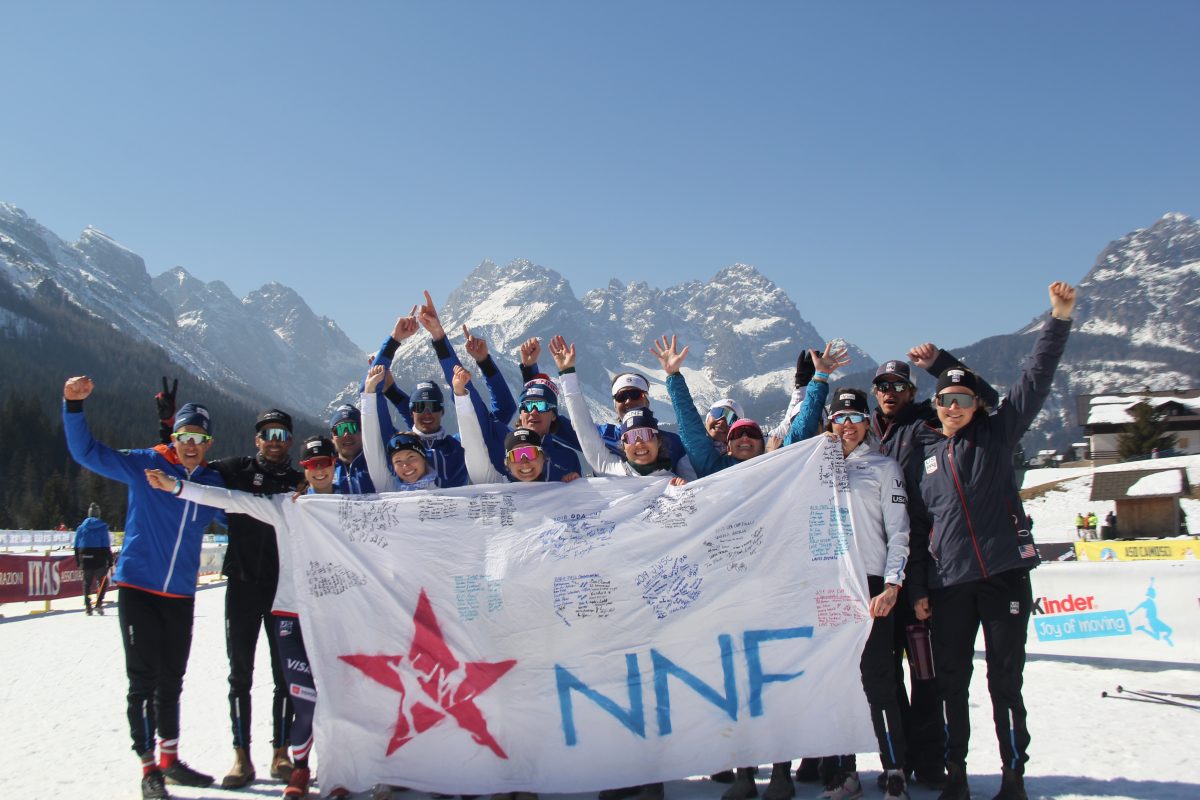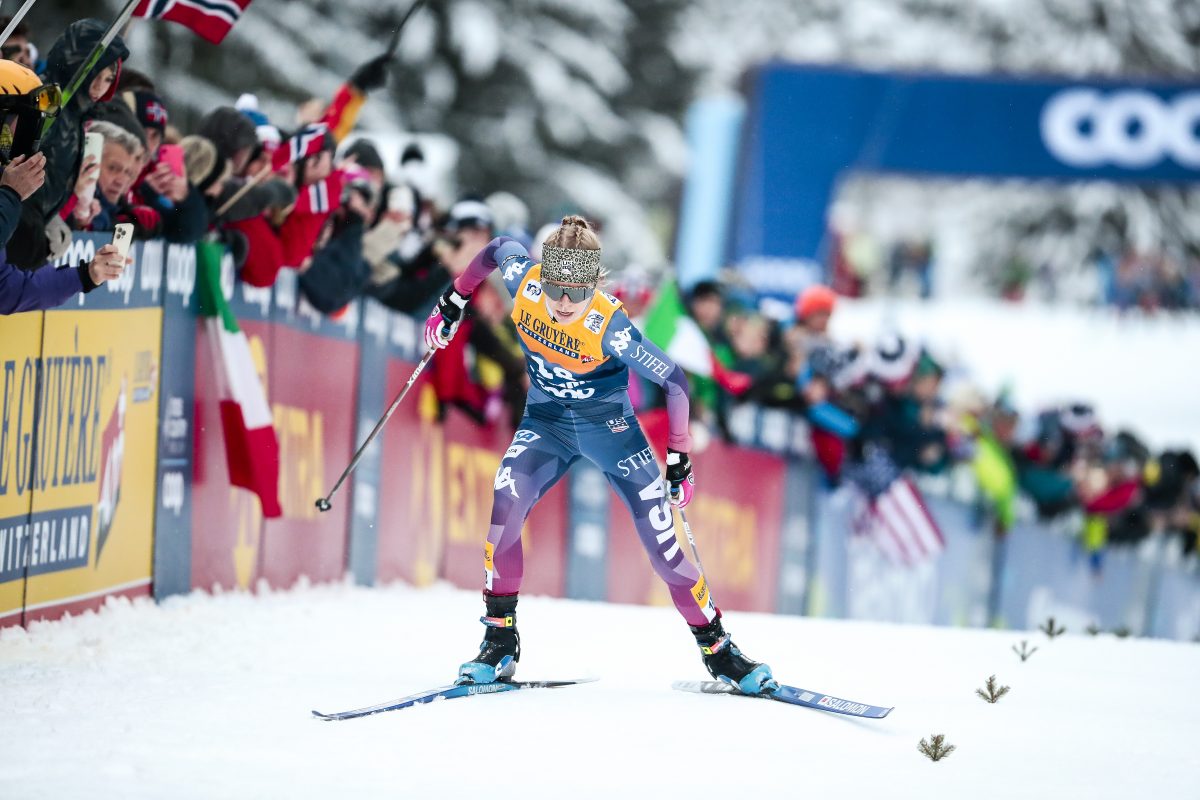This insight into training para nordic athletes comes from Martin Benes, head coach of U.S. Para Nordic skiing. Benes joined U.S. Para Nordic in August 2018 after spending five years as the nordic ski director and head coach at Sugar Bowl Academy in Norden, CA. Benes responded via. email following a team training camp in Canmore, Alberta.
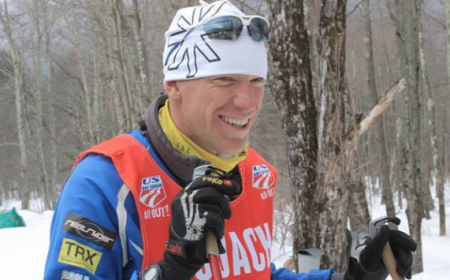
FasterSkier: Before taking this job, did you have any background in or connections to para sports? What have you learned in your time with U.S. Para Nordic?
Martin Benes: I had not had any background working with para athletes. As a junior I remember para Nordic skier Candace Cable training and racing in the Truckee-Tahoe area. I’d also seen the athletes at events here and there. I’ve been with the program a little over a year and just one full competition season. I feel like I’ve been constantly learning since I took the job, and a lot of that is just learning the individual athletes and how best to support them.
FS: Do you work with and write training for the whole USA para nordic crew or only certain athletes?
MB: I’m currently working with our National Team athletes which consists of four sit-skiers and one standing skier. It’s a little bit of a mix with how specific I’m getting in supporting training plans for those athletes. Educating athletes and supporting them as they make decisions for themselves is definitely the best thing I can do for athletes of this caliber. There’s some great collaboration happening with summer sport coaches for some of our sit-ski athletes and good support from clubs around the country for standing athletes.
FS: What are some of your takeaways in regard to coaching para athletes vs. able bodied? Are there different considerations in training philosophy? Similarities?

MB: Fundamentally, there is a lot of overlap from a physiology perspective. With any group of elite-level athletes, in comes down to individualizing their training so they get the most out of each camp or training block. With Para Athletes, that individualization becomes even more paramount. One challenge will always be what works best for each athlete and trying to maximize their training.
In addition, we’re dealing with different types of injuries that can limit how an athlete can prepare for the competition season. So we’ve got to take those into account and first and foremost ensure an athlete stays healthy enough to train to their full potential.
FS: When leading a training session for para athletes with varying abilities and needs, how do you structure workouts to ensure everyone gets what they need from the session? Does the look of this change in summer vs. winter?
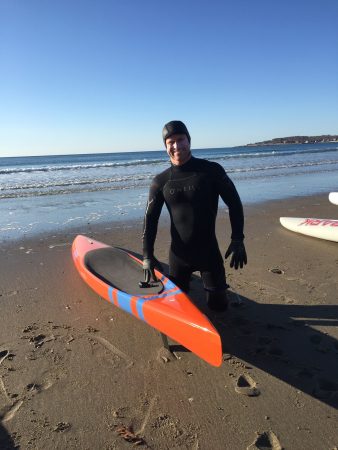
MB: One of the big things that we do is allow athletes to drive the sessions. We tend to seek out a lot of athlete feedback and learn where they’re trying to improve and try to support that. It leads to a lot of interesting conversations about technique and tactics. When we do group work, which is still important, we try to be very deliberate in structuring it so that all athletes can get something out of it. Those sessions are typically either agility- and skills-based or speed-work.
In the summer our seated athletes tend to do a lot of cross-training and we avoid ski-specific movements to give them an opportunity to mentally and physically reset. They obviously are doing a lot of work with their arms and so anything to change it up is a positive and contributes to their long-term athlete health.
It’s also about learning what their strengths/weaknesses might be and then adjusting training, strength, and technique to maximize their session.
FS: What or who should people keep an eye out for this season? What is the team most excited for?
MB: We’ve got a really strong National Team going into this season, and excited to hopefully have some new athletes qualifying for World Cup racing this season in January and February at our races in Germany. Certainly our returning World Champs medalists Oksana Masters, Kendall Gretsch, Dan Cnossen, and Aaron Pike are all contenders this season and Ruslan Reiter, a standing skier, has made some big gains over the summer. We’ve got a combined race with FIS in Dresden which will be an exciting event for everyone and also Biathlon World Championships in March in Sweden.
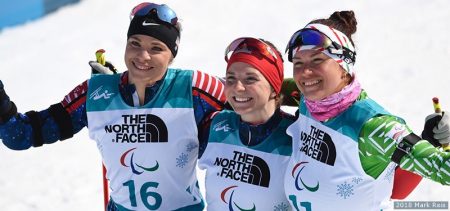
Rachel Perkins
Rachel is an endurance sport enthusiast based in the Roaring Fork Valley of Colorado. You can find her cruising around on skinny skis, running in the mountains with her pup, or chasing her toddler (born Oct. 2018). Instagram: @bachrunner4646

